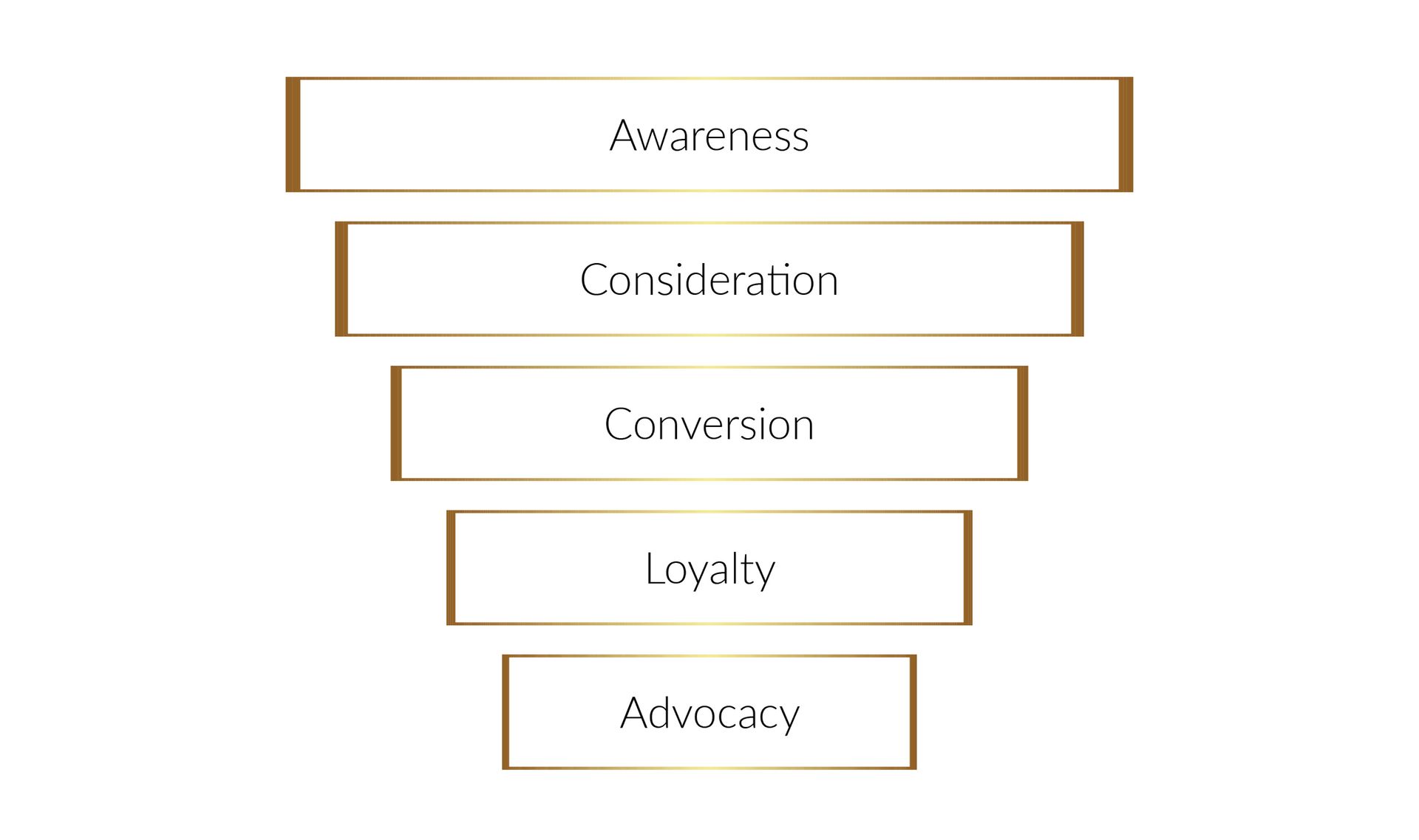Corporate Transparency Act (CTA) Compliance Checklist: Identifying Individuals with Substantial Control Over the Organization
Casey Webster • January 8, 2024
Determining who needs to be disclosed

Ensuring compliance with the Corporate Transparency Act (CTA) is a critical responsibility for HR professionals. Here's a comprehensive checklist to help HR teams determine which entities and individuals within the organization need to be disclosed under the CTA:
1. Entity Classification:
- Confirm if the organization is a domestic reporting company or a foreign reporting company.
- Identify the organizational structure (corporation, LLC, or other) and the method of formation (filing with a Secretary of State or similar office).
2. Exemptions:
- Review the 23 categories of exempt entities and assess if the organization falls within any exemption.
- Determine if the organization qualifies for the "large operating company" exemption based on employee count, physical presence, and financial criteria.
3. Foreign Entities:
- Identify any foreign entities operating within the organization's structure.
- Verify if foreign entities are registered to do business in the U.S. through filings with a Secretary of State or equivalent.
4. Beneficial Owners:
- Identify individuals with substantial control over the organization.
- Determine individuals who own or control at least 25% of ownership interests.
- Assess senior officers, decision-makers, or those with authority over appointments or removals.
5. Company Applicants:
- For domestic reporting companies, identify the individual who directly files the document creating the company.
- For foreign reporting companies, identify the individual who files the document registering the company to do business in the U.S.
6. Ownership Information:
- Gather complete legal names, addresses, birthdates, and identification numbers for beneficial owners and company applicants.
- Collect unique identifying numbers from U.S. passports, state or local ID documents, driver’s licenses, or foreign passports.
- Obtain images of documents supporting unique identifying numbers.
7. Reporting Timeline:
- Determine the creation date of the organization.
- Identify the applicable reporting timeline based on the creation date: Before January 1, 2024: File the initial BOI report by January 1, 2025.
- January 1, 2024, to January 1, 2025: File within 90 calendar days of creation notice.
- After January 1, 2025: File within 30 calendar days of creation notice.
8. Updates and Corrections:
- Establish processes for updating information within 30 calendar days of any changes.
- Include changes in beneficial ownership, exemptions, or eligibility for exemptions.
9. Filing Process:
- Understand the electronic filing process through FinCEN's website.
- Ensure no fee is incurred for filing reports.
10. Communication and Training:
- Communicate CTA requirements and changes to relevant stakeholders.
- Provide training on CTA compliance to HR staff and relevant personnel.
11. Legal Consultation:
- Consider consulting legal professionals for interpreting specific aspects of CTA compliance.
12. Documentation:
- Maintain comprehensive records of all CTA-related documents and filings.
By diligently following this checklist, HR professionals can navigate the complexities of CTA compliance, ensuring accurate and timely reporting while mitigating the risk of penalties.
Need help determining who to disclose? We can help! Contact Us!

In today’s competitive landscape, Human Resources is no longer just a support function—it’s a strategic powerhouse driving organizational growth. As businesses focus on building high-functioning teams, HR professionals are adopting proven sales techniques to attract, engage, and retain top talent. Enter the People & Culture Funnel, an innovative approach that mirrors the traditional sales funnel but is tailored for HR functions.

Discover how HR professionals can use marketing principles like positioning, branding, and brand strategy to create a strong employer brand. Learn how to shape the perception of your company in the minds of candidates and employees, and deliver a consistent and compelling message both internally and externally.


